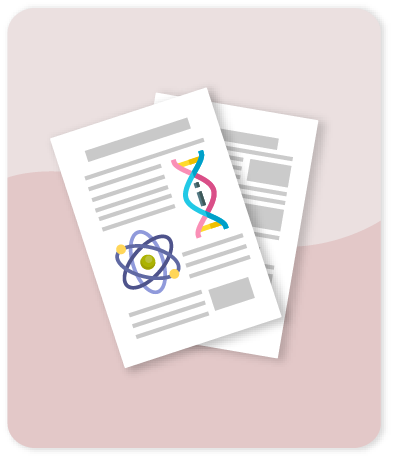Identifying molecularly defined antigens for a Histoplasma capsulatum-specific interferon gamma release assay [Identificación de antígenos definidos molecularmente para un ensayo de liberación de interferón-gamma específico para Histoplasma capsulatum]

Compartir este ítem
Autor
Rubio-Carrasquilla M.
Ochoa R.
Santa C.
Guimarães A.J.
Cano L.E.
Moreno E.
Citación
Metadatos
Mostrar el registro completo del ítemResumen
Background: In a previous work we showed the feasibility of an interferon gamma release assay (IGRA) for detecting latent infection by Histoplasma capsulatum. While in that proof-of-concept study we used crude fungal extracts as antigens, the newest IGRAs developed for other infections are based on molecularly defined antigens, mostly on mixtures of immunogenic peptides. Aims: To identify proteins in H. capsulatum that might serve as molecularly defined antigens for an IGRA test. Methods: We surveyed the literature looking for known H. capsulatum-immunogenic proteins and assayed two of them as antigens in an IGRA test, in a study that involved 80 volunteers. Furthermore, we used several bioinformatics tools to identify specific H. capsulatum proteins and to analyze possible strategies for the design of H. capsulatum-specific immunogenic peptides. Results: Seven H. capsulatum-immunogenic proteins were retrieved from the literature. IGRA tests using either the heat shock protein 60 or the M antigen showed high sensitivities but low specificities, most likely due to the high sequence similarity with the corresponding orthologs in other pathogenic microorganisms. We identified around 2000 H. capsulatum-specific proteins, most of which remain unannotated. Class II T-cell epitope predictions for a small number of these proteins showed a great variability among different alleles, prompting for a brute force approach for peptide design. Conclusions: The H. capsulatum genome encodes a large number of distinctive proteins, which represent a valuable source of potential specific antigens for an IGRA test. Among them, the Cfp4 protein stands out as a very attractive candidate. © 2019 Asociación Española de Micología
Colecciones
- Indexados Scopus [1632]
